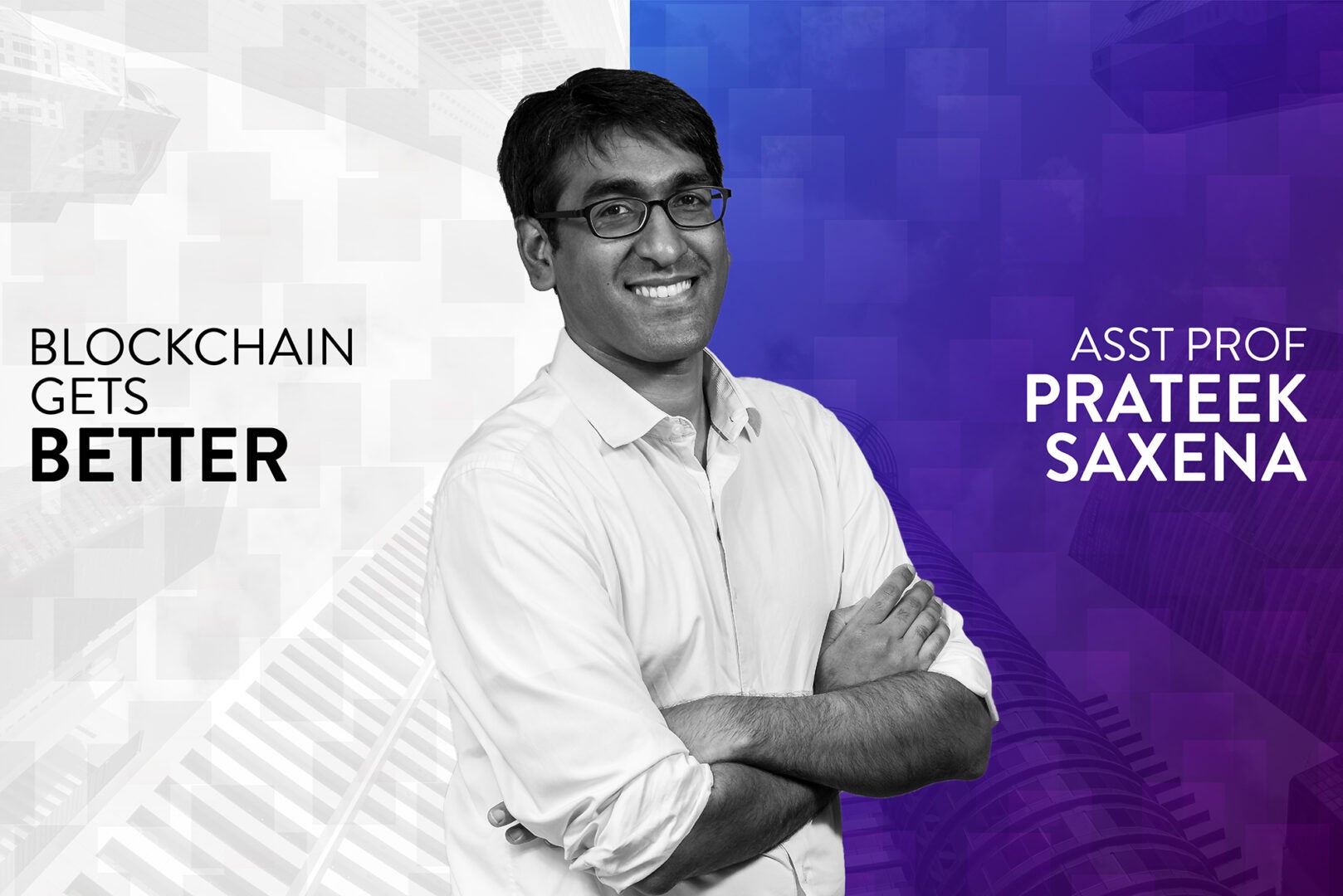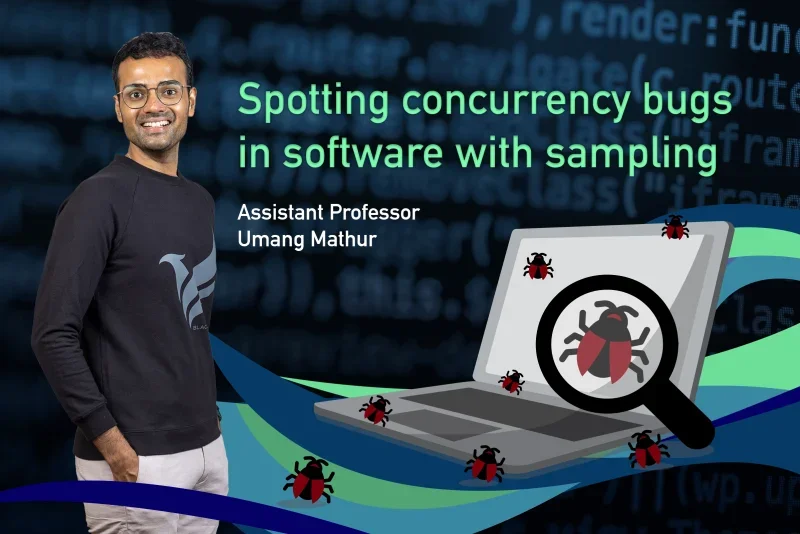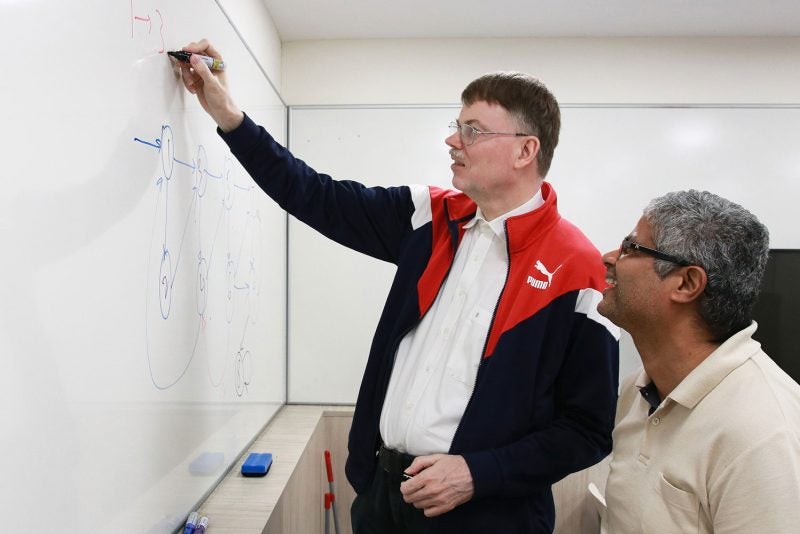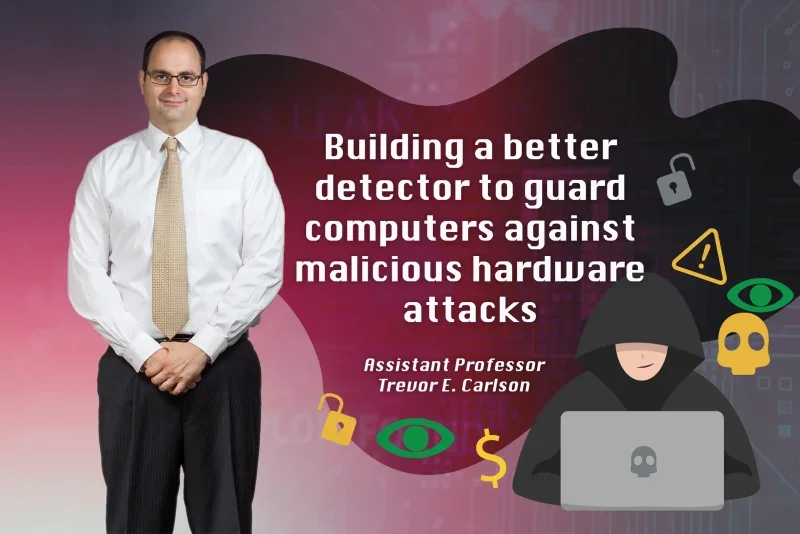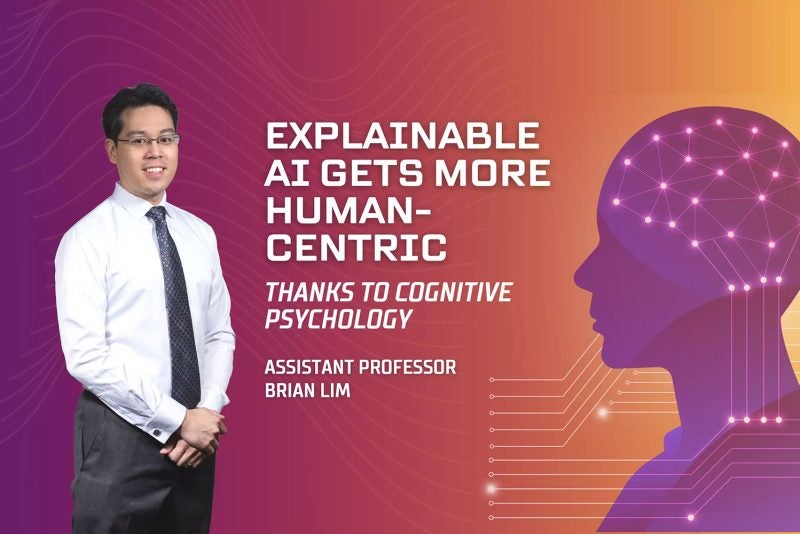Steeped in every culture since the beginning of time are legendary figures of mythical proportions. The Greeks and Romans had Hercules, the Celts had King Arthur, and the Chinese had Sun Wukong. The tech world we live in today is no exception, and one figure that looms large is Satoshi Nakamoto.
Nakamoto first gained attention in October 2008 when he published a nine-page paper online entitled Bitcoin: A peer-to-peer electronic cash system. In the decade that has since passed, Nakamoto’s true identity remains a much-debated mystery, but his influence is undisputable. His work — if he even is a he — sparked off the world’s first digital currency and the technology behind it: blockchain. Today, more than 1,300 cryptocurrencies exist and blockchain’s use stretches beyond payment systems, from providing Syrian refugees with food vouchers to preventing voter fraud and counterfeit wines.
When blockchain first appeared, it offered a radical yet appealing new way of processing payment. It meant that users no longer had to go through a centralised authority — third parties such as banks, PayPal or Visa — to pay for the goods they purchased. “The way we have traditionally done computing services is that we have some trusted machine, some centralized operator that does the record keeping and computations on our behalf,” says Prateek Saxena, an assistant professor from the National University of Singapore’s (NUS) School of Computing. “But these public blockchains are different because they open up their system to anybody with a computer who has the necessary codes,” he says.
With blockchain, records of transactions, agreements and contracts are no longer confined to a single place, but instead stored as a digital ledger accessible across multiple servers worldwide. Every time a transaction takes place, it is verified and recorded as a block of information — immutable and available for all to see, making things much more transparent. This new decentralised system also means that if someone were to try to hack into the ledger, it would be infinitely more difficult as they would have to infiltrate not just one but multiple computers. “You don’t have all your eggs in one basket anymore,” explains Saxena.
The Scalability Setback
Yet despite these obvious advantages, cryptocurrency and blockchain remain the exception today, rather than the norm. The catch? The speed at which transactions are processed. Bitcoin, Ethereum and other cryptocurrencies typically handle seven to ten transactions per second, a far cry from current payment systems. By comparison, Visa and Mastercard boast transaction speeds of 8,000 per second or more.
“This got a lot of computer scientists thinking,” says Saxena. “They were saying, ‘If this is the model that we want to go after, then is there a better way to do it? If we want to make blockchains an alternative for global payments and application infrastructure, then how I can make it faster? How can I make it better?’”
It was a question that got Saxena and his NUS Computing colleagues racking their brains. “What you want to do is maximise the throughput, which is the number of transactions per second,” he explains.
The solution, they soon realised, was to rework the blockchain algorithm on which Bitcoin and other cryptocurrencies are based on, and to invent a new one to take its place. And thus ELASTICO was born.
ELASTICO is a blockchain protocol with a twist. It works by breaking down transactions into smaller components, each called “shards,” so that they can be processed quicker and more efficiently, using less computational power. “The idea behind sharding is that instead of running one long chain, as you do in Bitcoin, you run several chains in parallel with each other, and then you merge the results at the end,” explains Saxena.
The team’s findings, published in a seminal paper in 2016, marked the first time a blockchain protocol could increase throughput proportionally, rather than inversely, to the computing power involved. “So every time you double the size of computers in the network, you’re going to double the number of transactions per second — up to a certain limit,” Saxena says.
The limit, albeit still lower than Visa or Mastercard’s processing rate, now stands at 2,828 transactions per second. It’s impressive, and leagues away from what existing cryptocurrencies are capable of. The team’s work has been groundbreaking, with their paper cited more than 100 times in the two years since it was published. “I think what this paper has done is send out a message into the community that there is no reason to believe that Bitcoin or Ethereum’s design is the know-all, do-all kind of thing,” says Saxena.
“We are beginning to see much deeper work in computer science trying to look at how we can do this better…people are now in the process of designing many variants of this [protocol],” he says. “There’s a lot of inquiry on this research — lots of companies, papers and ideas running in this space.”
A hyper-efficient platform
One such company is the one Saxena himself helped to start. Zilliqa describes itself as “a new public blockchain that is fast, secure and decentralised.” It works on the sharding principle that Saxena and his colleagues invented, promising users a platform that delivers higher throughput at a lower price. “It’s going to be a network usable by anybody on the planet,” says Saxena.
Founded in 2017, Zilliqa has already undergone two commercial trials. “The technology is not just a theoretical result, it is something that is runnable and is being publically implemented,” says Saxena. Zilliqa has hit a market capitalization of hundreds of millions of dollars on crypto exchanges. The technology is being investigated to help reduce advertisement fraud in digital advertising, to facilitate cheaper cross-country micropayments, and to support mobile entertainment service streaming or gaming apps.
And that’s just the beginning. The launch of the full infrastructure is yet to come, says Saxena. “My opinion is that companies like Zilliqa and others will come out, offering alternative platforms for users, for when they need an application that has high throughput requirements,” he says.
“Once this journey starts, the hope is that the whole ecosystem will realise that the cost for processing a single transaction on average is going to be substantially lower on systems built from this paper, as opposed to systems based purely on Bitcoin, for example,” says Saxena. “That is going to have fundamental economics associated with it.”

